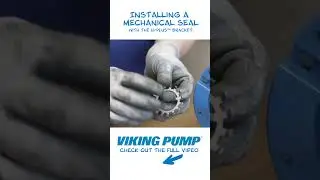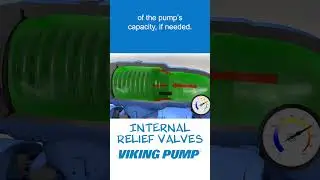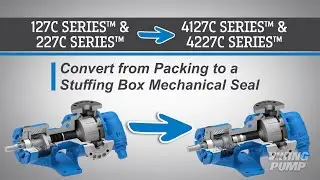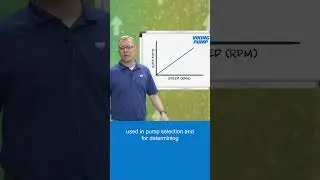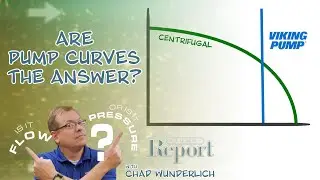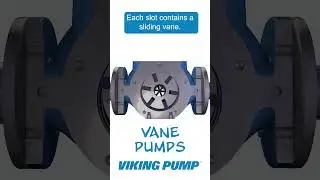FLOW vs PRESSURE: Do pump CURVES hold the answer?
Have questions? We'd love to chat! Send us a message here: https://www.vikingpump.com/yt
In this Pump Report, Chad revisits Flow vs Pressure. This time he compares centrifugal and positive displacement pumps by looking at different "pump curves." What's a pump curve? Make sure to check out the video! To learn more, visit our website at vikingpump.com.
#VikingPump #pumpcurve #versus #flow #pressure
▬ More Videos ▬▬▬▬▬▬▬▬▬▬▬▬
► All Viking Pump Videos: / vikingpumpinc
► Subscribe to Viking Pump Channel: https://bit.ly/2KJGmJT
▬ Social Media ▬▬▬▬▬▬▬▬▬▬▬▬▬▬▬
► Facebook: / vikingpump
► LinkedIn: / viking-pump
► Website: http://www.vikingpump.com
Hi, I'm Chad Wunderlich with Viking Pump. And in our past Pump Report, Flow vs Pressure, I described pumps as flow creating machines with pressure as the result - or side effect - of that flow. This is quite different from centrifugal and other rotodynamic pumps where the flow varies widely depending on the head or pressure encountered.
Judging by the comments we received - this topic proved to be a little controversial - or maybe just confusing. So let's take another look by instead comparing pump curves. You're watching the Pump Report.
A pump curve is a chart showing how a pump would perform at a given set of operating conditions. A quick internet search for a typical pump curve and you’ll likely see something like this. The pump’s flow rate is charted along the x-axis and the head or pressure is along the y-axis.
Yes, centrifugal pumps certainly create flow, but as head increases, the flow decreases, eventually hitting zero on the x-axis at a point known as shut-off head or dead head.
But here at Viking Pump we specialize in rotary positive displacement pumps. These are flow creating machines. With each rotation of the pumping elements a set volume of liquid is transferred from the inlet pipe to the outlet pipe.
Overlaying a Viking Pump curve on a centrifugal pump curve and you don’t get a curve at all…instead we basically get a vertical line at one set flow. This overlay of a centrifugal pump curve and a PD pump curve helps to demonstrate just how different these technologies are in how they move liquids. So for rotary PD pump we need a different type of pump curve.
So this is the curve for a Viking Pump, with speed and RPM along the x-axis and flow rate along the y-axis. Since flow is directly proportional to speed it’s still not so much a curve as it is a straight line. Flow would not be varied by pressure like it is with a centrifugal pump, instead flow could be varied by adjusting the speed via a variable frequency drive or other speed control device.
Pump curves are important tools used in pump selection and for determining how an installed pump should perform at a given set of conditions. Viking Pump curves can be generated using our curve generator tool. In addition to flow, these pump curves will also include the power and NPSH requirements - which are also important factors to be considered. To access Viking Pump’s Curve Generator or to view other Pump Reports, please visit our website at VikingPump.com.

















